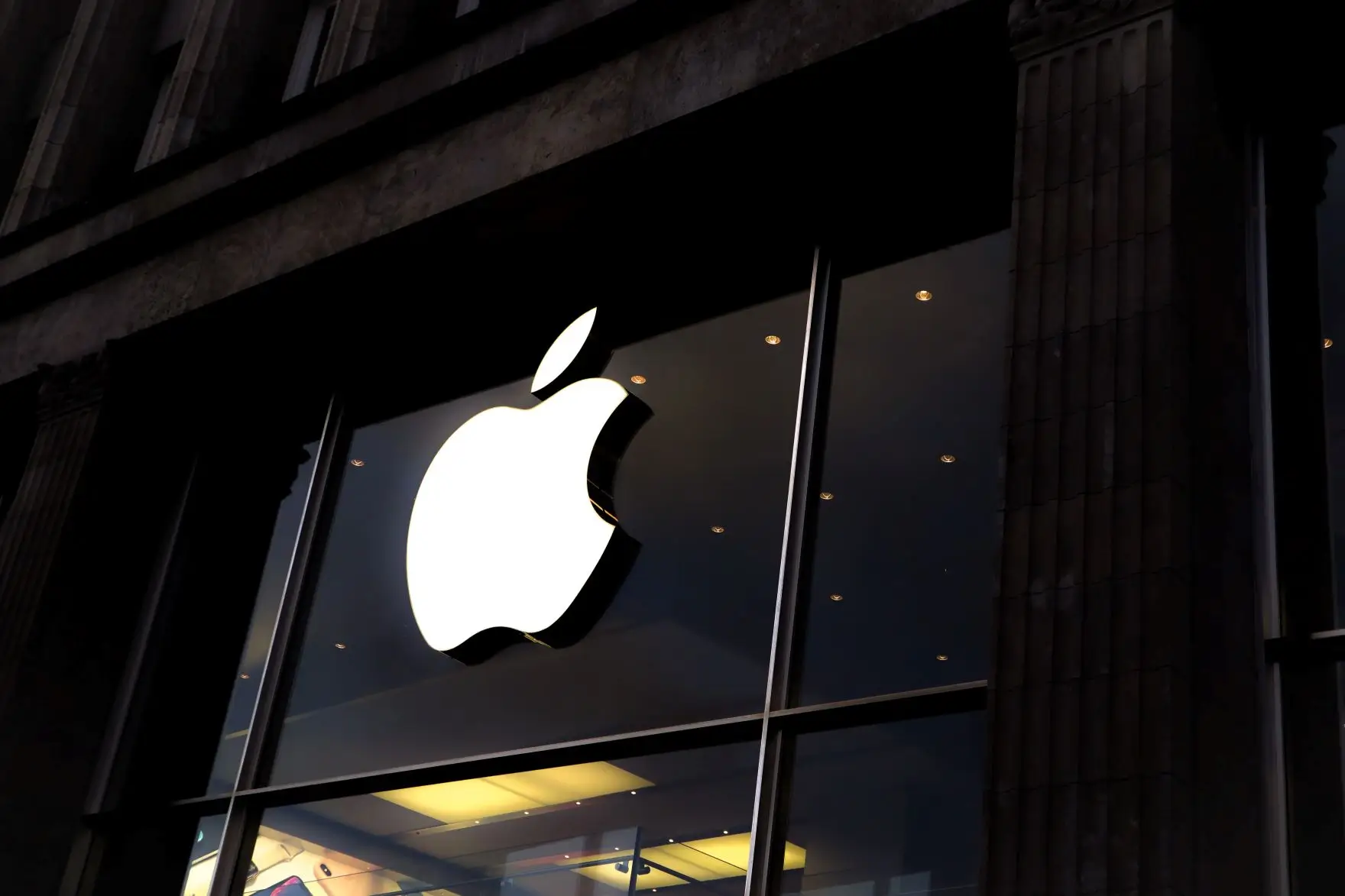In the ever-evolving landscape of business, Semantic Satiation emerges as a fascinating concept, reshaping the way brands connect with their audience. Let's delve into the intricacies of Semantic Satiation and explore how it can redefine brand identity, leveraging psychological principles for a more profound impact.
As businesses strive to carve their niche, understanding the psychology behind Semantic Satiation unveils a pathway to lasting success.
Semantic Satiation is a unique phenomenon where repetition of a word leads to a temporary loss of meaning or impact. In the realm of branding, this concept prompts a reevaluation of traditional strategies, emphasizing the need for fresh, engaging content to maintain consumer interest and relevance.
The Psychology Behind Semantic Satiation

Combatting Desensitization:
In a world inundated with information, brands face the challenge of desensitization. Semantic Satiation highlights the importance of avoiding repetitive messaging, encouraging brands to adopt dynamic and evolving narratives to capture and retain consumer attention.
Staying Relevant:
Consumer preferences evolve rapidly, and what once resonated may lose its impact over time. Semantic Satiation underscores the necessity of staying attuned to market trends, encouraging brands to refresh their messaging and adapt to the changing landscape.
Fostering Engagement:
Engagement is the lifeblood of brand-consumer relationships. By avoiding the stagnation of repetitive content, brands can foster continuous engagement, sparking curiosity and interest among their audience.
The Business Advantage
Dynamic Brand Image:
Brands that embrace Semantic Satiation craft a dynamic image that evolves with their audience. This adaptability ensures that the brand remains fresh and resonant, aligning with the ever-changing expectations of consumers
Adaptability to Trends:
In an era where trends shift rapidly, brands employing Semantic Satiation can pivot seamlessly. By avoiding the trap of static messaging, they exhibit adaptability and responsiveness to emerging trends, maintaining relevance in the market.
Sustained Consumer Interest:
Semantic Satiation acts as a safeguard against the waning interest of consumers. Brands that understand and apply this concept ensure that their messaging remains captivating, sustaining consumer interest over the long term.
Case Studies in Semantic Satiation Success

Apple
Apple's "Think Different" campaign is a prime example of Semantic Satiation. By aligning the brand with innovation, creativity, and individuality, Apple has built a tribe of loyal customers who resonate with its message and style.
Patagonia
Patagonia's commitment to environmental sustainability and responsible business practices is deeply embedded in its brand message. This Semantic Satiation approach has attracted a dedicated customer base passionate about ethical consumerism.
Nike
Nike's dynamic approach to marketing and advertising prevents Semantic Satiation. The brand consistently introduces new campaigns, collaborating with diverse influencers and athletes, ensuring that its message stays compelling and avoids becoming monotonous.
Brands are challenged to break free from the shackles of repetitive messaging.
By understanding and embracing this concept, businesses can cultivate dynamic, engaging narratives that evolve with their audience, ensuring sustained interest and relevance. In the ever-changing landscape of consumer preferences, Semantic Satiation becomes a guiding principle, steering brands toward success through adaptability, innovation, and the continuous reinvigoration of their messaging strategies.







